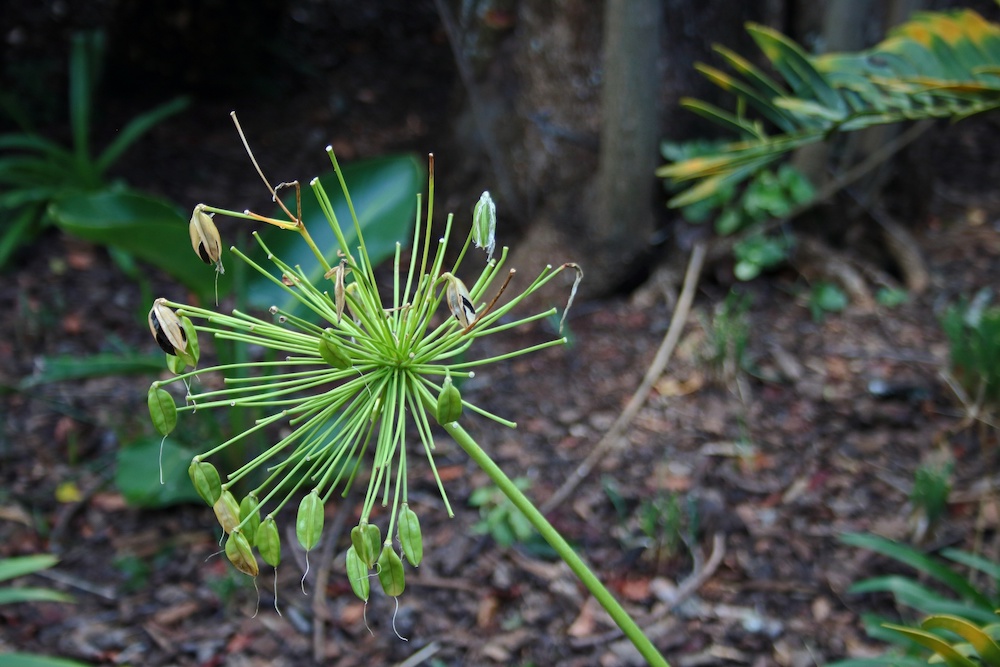When to Cut Back Agapanthus for Healthy Growth
Agapanthus, also known as Lily of the Nile, is a popular ornamental plant grown for its attractive flower displays. Though hardy, agapanthus benefits from regular pruning to maintain vigor and enhance blooming. But when is the right time for cutting back agapanthus?
The ideal time for pruning agapanthus is after flowering ends This usually occurs in late summer or early autumn when the blossoms begin fading, Pruning at this stage redirects the plant’s energy into developing strong roots and foliage rather than seed production
Cutting back spent flower stalks to the base removes unsightly dead growth. It also eliminates the risk of self-seeding which can lead to unwanted agapanthus plants popping up. Pruning promotes fuller, healthier growth and abundant blooms the following season.
While late summer/autumn is best, pruning in early spring is also suitable. However, pruning too early in spring risks frost damage to tender new shoots. Pruning in winter should be avoided as frosts can damage exposed plant tissues. Late summer/early autumn pruning allows time for some regrowth before cooler weather arrives.
When cutting back agapanthus, use clean, sharp secateurs or loppers. Make cuts close to the base just above the leaves without damaging the foliage. Remove entire spent flower stalks back to the plant crown. Dead, damaged or diseased foliage can also be trimmed off.
After cutting back spent blooms, add a layer of mulch around the base to protect plant crowns. Well-rotted compost or organic mulch improves moisture retention and provides nutrients.
Ensure agapanthus receives sufficient water over summer to aid recovery after pruning. Apply a balanced fertilizer in early spring to boost growth. Monitor regularly for pests like aphids and diseases.
Dividing congested agapanthus clumps every 2-3 years rejuvenates them. The best time for division is in early spring. Dig up entire clumps and pry sections apart with two forks back to back. Replant divisions at the same level they were originally growing. Water well after replanting.
Take care when disposing of pruning debris as cut agapanthus stems can resprout if left on soil. Place clippings in yard waste bags and send for municipal green waste recycling. Never compost agapanthus debris unless you want volunteer seedlings popping up everywhere!
With proper timing, technique and aftercare, cutting back agapanthus is an easy and rewarding task. Timely pruning maintains plant health, enhances flowering performance and prevents unwanted spread. Know when to cut back agapanthus for optimal results in your garden.
How to Prune Agapanthus
FAQ
How far back do you cut agapanthus?
Do agapanthus need deadheading?
Should I cut back agapanthus after a freeze?
How do you Deadhead Agapanthus?
Without deadheading, the plant goes to seed and the blooming season is shortened considerably. To deadhead agapanthus, simply use pruners or garden shears to remove the faded flower and the stalk at the base of the plant. Note: Agapanthus can become weedy and is considered invasive in some areas.
How do you prune Agapanthus?
Use the following steps to properly prune agapanthus plants Use bypass pruners or garden shears for a clean cut. Cut each faded flower stalk back to the base of the plant. Removing spent blooms neatens appearance and encourages reblooming. Optionally, trim back overgrown foliage to shape the plant. Don’t remove more than 1/3 of healthy leaves.
When should I cut back Agapanthus?
Deciduous varieties – Cut back agapanthus stems to about 4 inches (10 cm.) above the ground at the end of the blooming season. However, if you like the texture and structure that spent plants provide to the winter landscape, cutting back agapanthus can wait until early spring. Gardening tips, videos, info and more delivered right to your inbox!
Can Agapanthus leaves be pulled off?
Agapanthus leaves can be pulled off at the stem if they’re dead, damaged or diseased, but healthy leaves can be left alone for best practices. A lot of gardeners hedge prune agapanthus foliage off a pathway.

